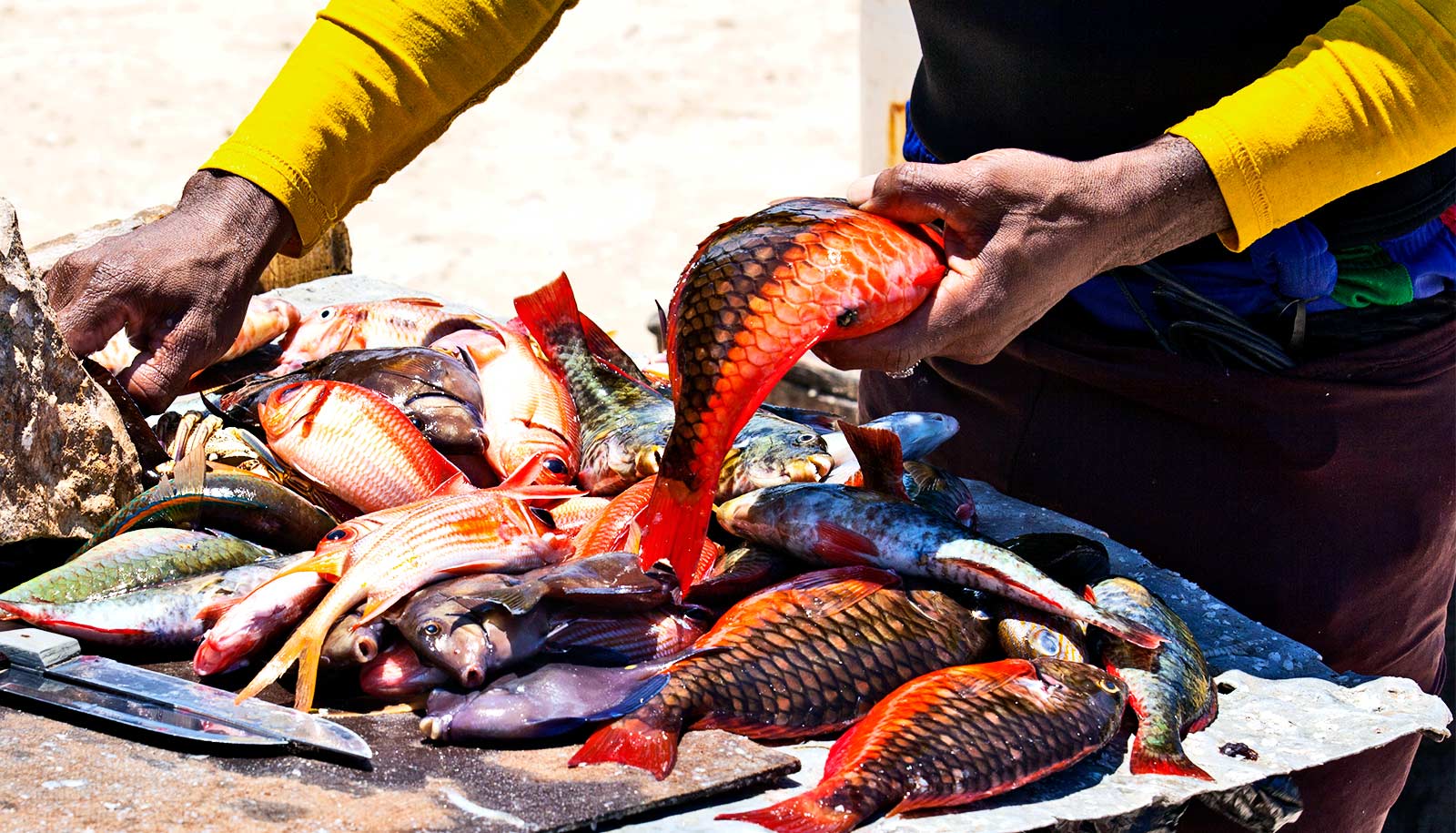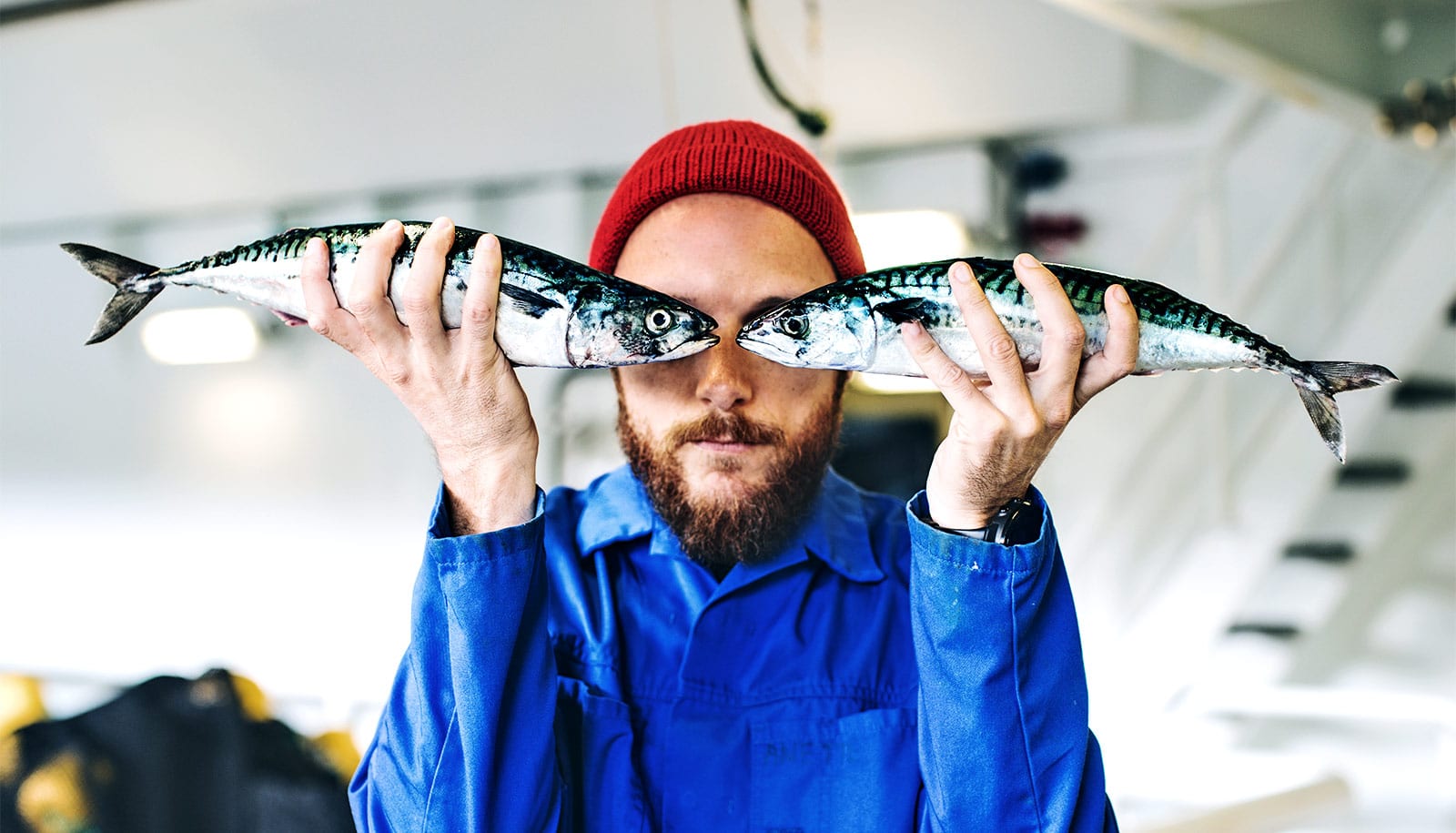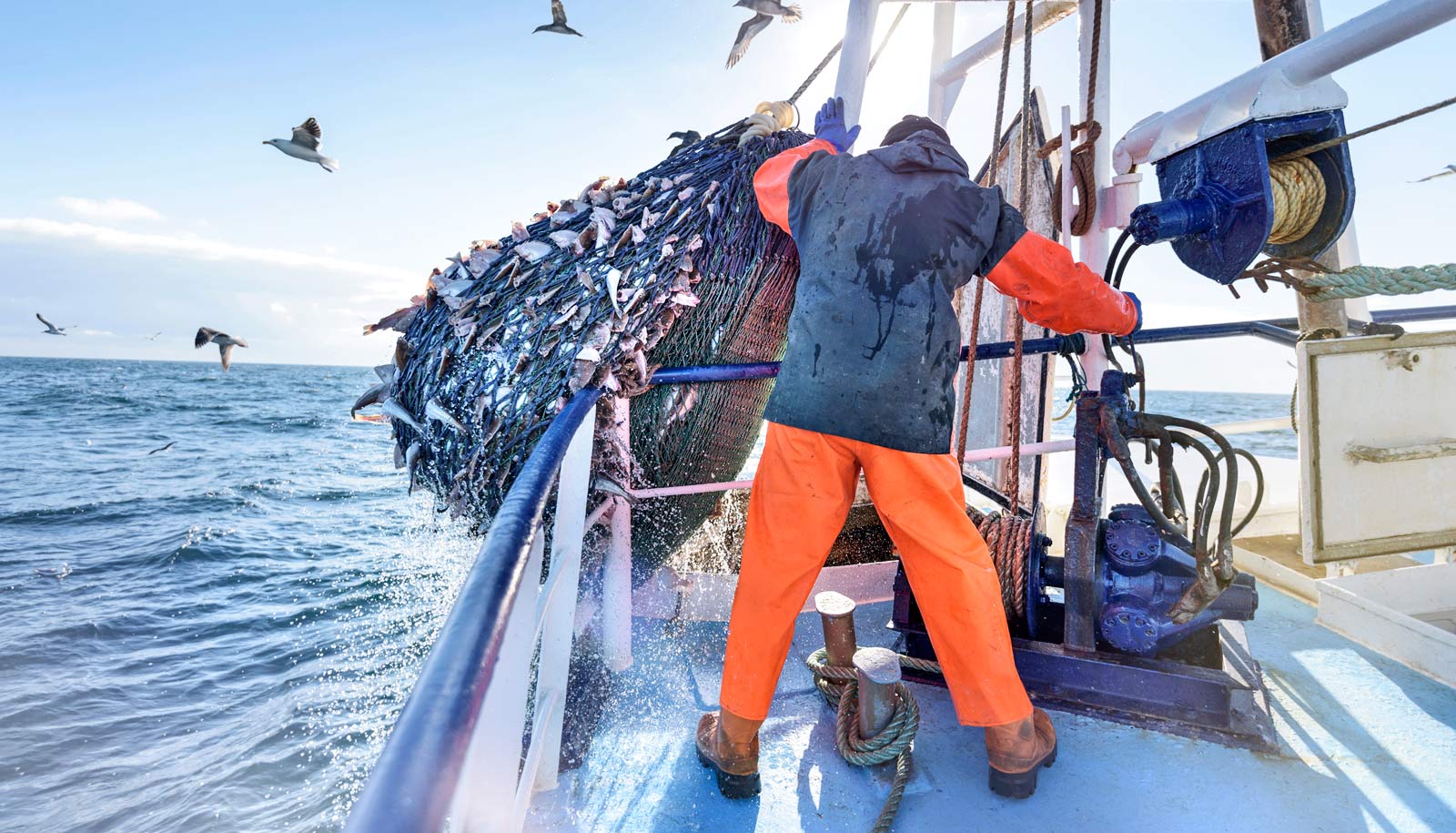Malnutrition affects millions of people despite the fact that fishers catch some of the most nutritious fish in the world near their homes, according to a new study.
Children in particular are vulnerable and could see significant health improvements if just a fraction of the fish caught nearby went into their diets.
As well as omega-3 fatty acids, fish are also a source of important micronutrients such as iron, zinc, and calcium. Yet more than 2 billion people worldwide suffer from micronutrient deficiencies, which link to maternal mortality and stunted growth, among other conditions.
This new research suggests fishers already take enough nutrients out of the oceans to substantially reduce malnutrition. At a time when thinking more carefully about where and how we produce our food, fishing more may not be the answer.
“Nearly half the global population lives within 100 kilometers (62 miles) of the coast. Half of those countries have moderate to severe deficiency risks; yet, our research shows that the nutrients currently fished out of their waters exceeds the dietary requirements for all under age 5 within their coastal band,” says Christina Hicks, professor at Lancaster University and lead author of the paper in Nature.
“If these catches were more accessible locally they could have a huge impact on global food security and combat malnutrition-related disease in millions of people.”
The research team collected data on the concentration of seven nutrients in more than 350 species of marine fish and developed a statistical model for predicting how much nutrition any given species of fish contains, based on their diet, sea water temperature, and energy expenditure.
This modeling allowed researchers to accurately predict the likely nutrient composition of thousands of fish species that have never been nutritionally analyzed before.
Using current fish landings data, they quantified the global distribution of nutrients available from existing marine fisheries. They then compared this information with the prevalence of nutrient deficiencies around the world.
Their results show important nutrients are readily available in the fish already being caught, but they are not reaching many local populations that are often most in need.
For example, the amount of fish currently caught off the West African coast—where people have high levels of zinc, iron, and vitamin A deficiencies—was sufficient to meet the nutritional needs of the people living within 100 kilometers (62 miles) of the sea.
Parts of Asia, the Pacific, and the Caribbean showed a similar pattern of high malnutrition, despite sufficient fish nutrients in the local catch.
A complex picture of fisheries policies, global-local market interactions, and international and illegal fishing—along with varied cultural preferences or aversions to seafood—stand between malnourished people and the more-than-adequate fish nutrients caught on their doorstep, the researchers say.
“Our food systems are a mosaic of local and global products, and fish are among the most internationally traded foods,” says coauthor Eddie Allison, a professor in the School of Marine and Environmental Affairs at the University of Washington.
“There are two ways in which seafood slips out of the hands of the poor. One is that lower-cost, often highly nutritious small, oily fish are the basis for the world’s aquaculture, animal feeds and pet food trades. These markets can pay as much or more than low-income consumers for their fish.
“The second is that the demand for high-quality imported seafood in wealthy countries means that our fishery management systems and markets tend to funnel fish toward those who can pay the most for it. Fisheries management has to be orientated more toward contributing to human nutrition if we want to close this nutrition gap.”
Additional coauthors are from WorldFish, Lancaster University, the University of Tasmania, Johns Hopkins University, Dalhousie University. Funding came from the European Research Council, Lancaster University, the ARC Centre of Excellence for Coral Reef Studies, the Royal Society University Research Fellowship, the Canada Research Chairs program, the Australian Centre for International Agricultural Research, and the US Agency for International Development.
Source: University of Washington



